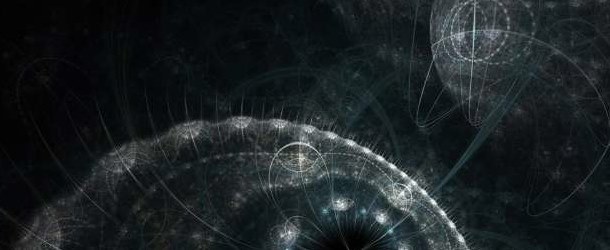Quantum Effects Could Improve Future Sensor Arrays, Precision Clocks, and Greenhouse Gas Detection.

(Photonics.com) Researchers are discovering that quantum effects such as photon entanglement could improve the performance and precision of everyday tools. Advancements in quantum metrology could help sharpen sensor location data, improve the precision of atomic clocks, or enable more versatile detectors for sensing greenhouse gas emissions.
The use of quantum effects on quantum metrology is already appearing in research conducted by Zheshen Zhang, an associate professor of materials science and engineering and optical sciences at the University of Arizona. A group of researchers headed by Zhang recently demonstrated a reconfigurable sensor network powered by continuous-variable multipartite entanglement. Their work indicates that quantum techniques could enhance the performance of a network of radio frequency (RF) sensors1.
Photonic technologies are valuable in quantum metrology and sensing applications because photons, once entangled, tend to stay entangled for relatively long periods. Photons can also put other particles such as ions into entangled states, cool them down, or probe them.
These capabilities could benefit the development of future atomic clocks, which are the most precise timekeeping devices available today. The oscillator in an atomic clock is a superposition of two quantum states of an atom. The energy difference between these two states is defined by a resonance frequency, which is the tick rate of the clock.



















